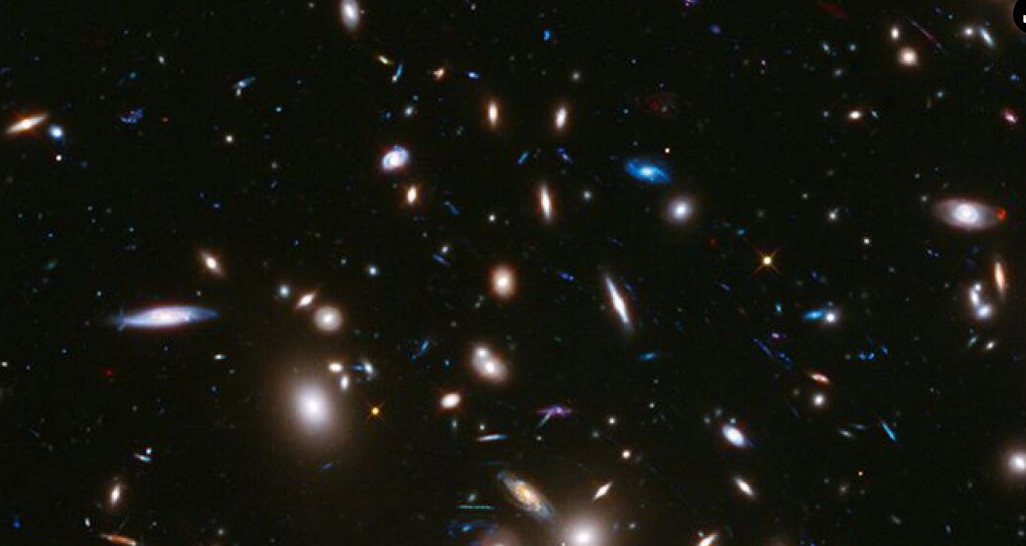Based on the U.N.’s projections, our world population could grow to around 8.5 billion in 2030 and up to 9.7 billion in 2050. Then, the peak happens at 10.4 billion during the 2080s, and the decline starts around 2100. Hell, that forecast may even be a bit on the high side, according to a University of Washington study funded by the Gates Foundation.
The point is, with the world’s population passing 8 billion late last year, the global population peak is drawing rapidly closer. But so, too, is singularity—the concept of artificial intelligence exceeding beyond human control and rapidly transforming society. (One trend shows we’ll reach singularity in just 7 years.) Will singularity throw an entirely different wrinkle into the population peak?
Turkey Strikes Syrian Kurds as Earthquake Recovery Continues
To start, the global population is growing at its slowest rate since 1950. Blame dropping fertility rates. “Today,” the U.N. says, “two-thirds of the global population lives in a country or area where lifetime fertility is below 2.1 births per woman, roughly the level required for zero growth in the long run, for a population with low mortality.”
Read more: Popular Mechanics
Ask me anything
Explore related questions





